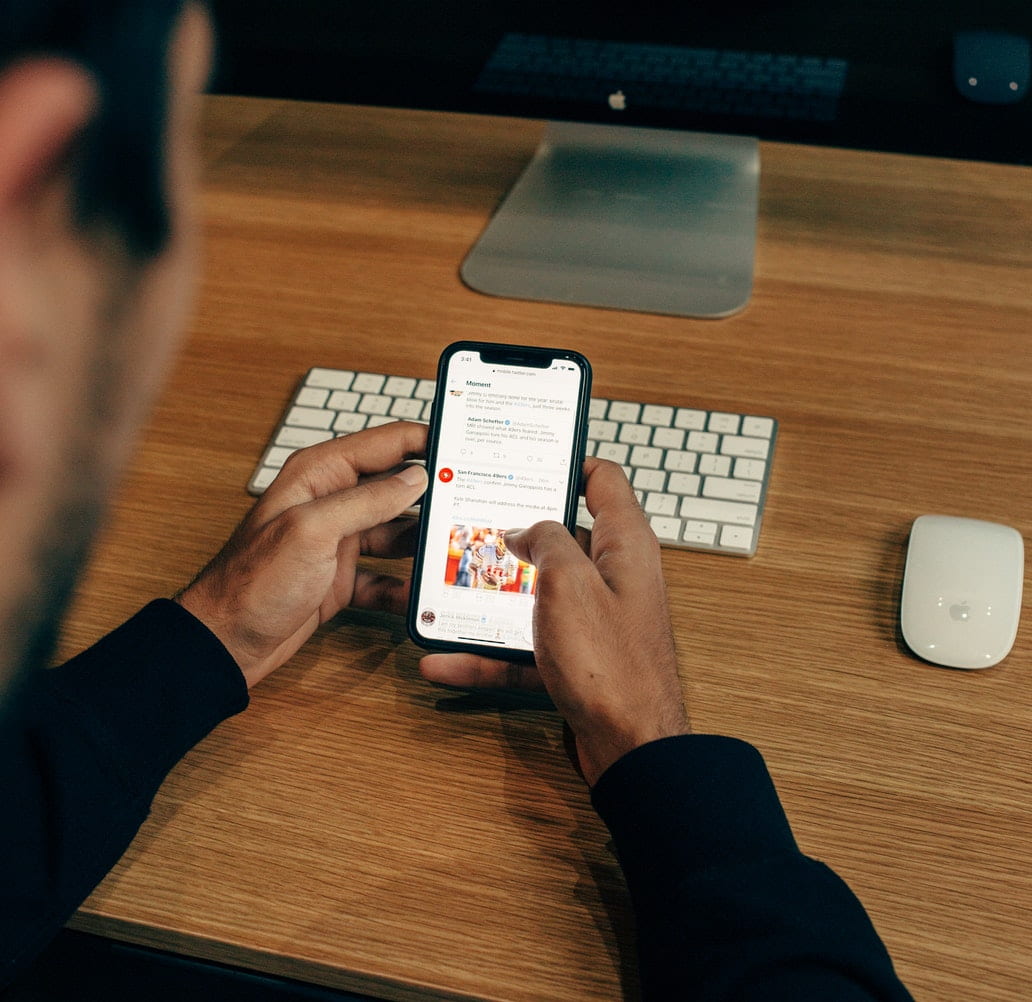Charity Butcher and Ph.D. in International Conflict Management Alumna, Crystal Armstrong, share their work about Nigerian NGOs and their use of social media platforms to transfer social capital.

*new publication alert*
KENNESAW, Ga. (May 28, 2019) — Social media is a crucial tool for NGOs trying to connect with potential donors, aid recipients, and the general public. Because social media is interactive, it has the potential to build relationships and support the transfer of social capital. Researchers have examined this phenomenon in Western countries like the USA, but rarely studied countries in the Global South. A new research article from Crystal Armstrong and Charity Butcher helps to fill this gap with a case study of Nigerian NGOs and their use of social networks. We summarise their research in our latest blog post.
How Nigerian NGOs Utilize Social Media Platforms
By Carolina Are
The majority of research on NGOs’ social media usage seems to have been done on US-based – or at the very least on Global North – organisations. “We are left wondering how democratizing countries might fare in comparison,” write Armstrong and Butcher at the start of their paper.
The researchers chose Nigeria for their case study – the country with the biggest internet market in Africa, and a very large number of active NGOs. By searching NGO associations, the researchers compiled a list of 1986 Nigerian NGOs to study. They then used mixed methods to examine their online presence, and the content of their communications.
The authors found that only a very small portion of NGOs in their sample used social media at all: only 18.4% of groups had active Facebook accounts and only 7.6% used Twitter; less than a third of the groups in the set (29%) had websites. They argue that although NGOs are clearly attempting to harness the power of social media platforms for reaching audiences, Internet access and mobile device connectivity in Nigeria might be a potential limitation to social media interactions for the organisation.
Armstrong and Butcher then analysed in detail the Twitter accounts of 151 NGOs within their sample – a dataset of 9760 tweets. Each tweet was coded for its overall topic, and its level of “interactivity” (were the NGOs attempting to engage with their audience, or were they simply ‘broadcasting’ information?). An interactive tweet was defined as one “where the NGO is attempting to create a back and forth with the audience,” in an interaction “expected to either last more than one or two iterations” or ” to create a broader connection or relationship with the audience.”
The content analysis found that the majority of tweets (55.7%) from Nigerian NGOs could be classified as “one-way communication”. These were primarily tweets that shared information with the audience. Only 39.8% of tweets could be considered “highly interactive”. Although most tweets were one sided, this proportion of ‘interactive tweets’ is actually higher than the authors were expecting. Specifically, these levels were higher than researchers have found in similar analyses of NGOs in the US.
One potential explanation for this greater interactivity is that fewer Nigerian NGOs used
social media in general. As such, groups that commit to using social media may do so with more purpose than those in contextswhere social media is more common. Furthermore, the
authors note, there may be culturally differentcommunication styles and imagined audiences that account for some of these differences.
This finding provides some reason for optimism in relation to the likelihood that social media usage by groupswithin Nigeria might contribute to a more vibrant civil society.
However, as the authors note, only a very smallportion of Nigerian NGOs in their sample utilized social media at all. As
such, there is still significant room for growth, information dissemination and engagement
online.
Read Crystal Armstrong & Charity Butcher’s article in the International Journal of
Politics, Culture, and Society here.











